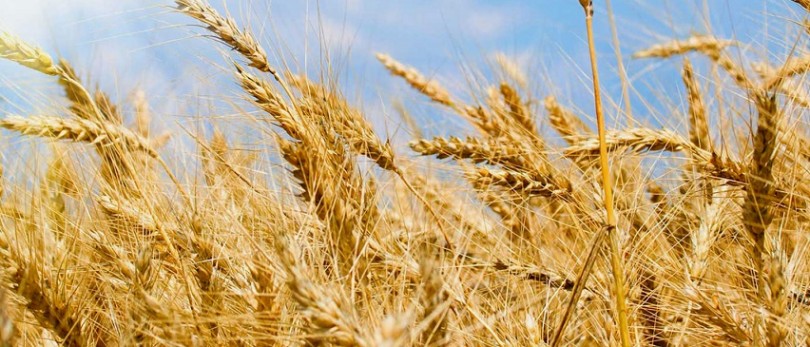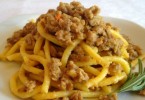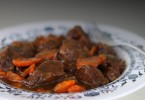Do we really know Kamut?
Did you know that almost the half of the global consumption of product with Kamut is recorded in Italy? We are great consumers of Khorasan wheat, but do we really know what we are eating?
Kamut is suitable for who suffers of celiac diseases, Kamut the ancient grain of the Pharaohs, ok but, thanks to these ad hoc marketing campaigns and other unclear advertisings, people have wrong information about Kamut products.
Knowing better this grain…
Two gold pyramids and a high yellow wheat sheaf compose the logo on the products branded Kamut; but it is just a registered trademark (like Mulino Bianco or Nutella) that associates its name to this cultivation and production of the Khorasan wheat. The brand Kamut have been registered in the ‘80s by Bob Quinn, an American entrepreneur coming from Montana that started to cultivate the Khorasan wheat in the plains of Montana and other Canadian states to produce a wide range of backed products branded Kamut.
This word derives from the ancient Egyptian language and it means wheat, to make people think that it is an ancient cereal cultivated and consumed by the Pharaohs as well, even if it isn’t the true, thus it seems a real trick by the media.
Khorasan wheat, instead, is rooted in an Iranian region located in Anatolia where maybe it was born and where it is still highly cultivated. It is neither an Egyptian wheat from the past, nor the brand Kamut uses cereals produced in Mediterranean countries. Did you know that Khorasan wheat is cultivated also in Italy? Like in other countries, also our country has a small production even if it isn’t cultivated with the trademark Kamut, unless the licence is given by the Kamut International ltd (the American mother company) and the production has to be supervised by the Kamut Enterprises of Europe that manage the brand in the European countries. In Italy, a small production of this wheat has the name of Saragolla and it is cultivated in the territory among Lucania, Sannio and Abruzzo.
Debunking a false myth: Kamut for celiac people?
There is nothing worst than this information that has spread among the consumers. People, in fact, think that Kamut is gluten free, but, on the contrary Khorasan wheat has great quantities of this protein, thus it is not suitable for who is intolerant to this substance. The quantity of gluten in this wheat is the same, or even more (of a 5%) than the one contained in the durum grain and other soft grains.
Virtues of Kamut
Even if we have few and uncertain information about Kamut that give it a healthy and ancient nature, a little bit exaggerated, we should say that this grain has also positive characteristics that make it easy to digest and perfect to be backed.
- Khorasan, branded Kamut, is cultivated with a biological method;
- It is part of the so called ancient cereals like Italian einkorn wheat Senatore Cappelli that for its nature are subjected to genetic selections and improving;
- It is easy to digest;
- It boasts a higher quantity of proteins, zinc and selenium that the greatest part of the modern durum wheat.
Flour, bread, cracker and breadsticks, biscuits, pasta and desserts… the Kamut products have invaded in few years our tables and the shelf of the shops; but how many of you knew the real history of Khorasan wheat?








